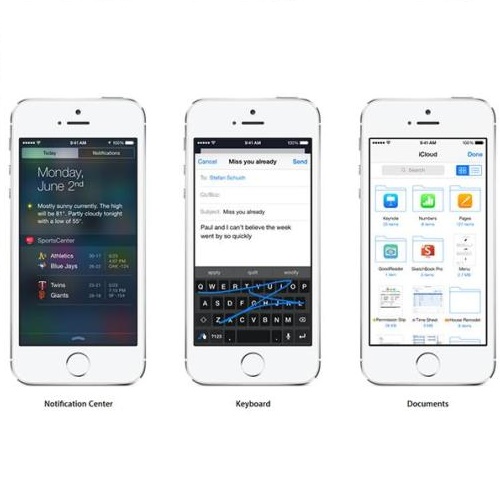Despite the successful implementations of physics-informed neural networks in different scientific domains, it has been shown that for complex nonlinear systems, achieving an accurate model requires extensive hyperparameter tuning, network architecture design, and costly and exhaustive training processes. To avoid such obstacles and make the training of physics-informed models less precarious, in this paper, a data-driven multi-fidelity physics-informed framework is proposed based on transfer learning principles. The framework incorporates the knowledge from low-fidelity auxiliary systems and limited labeled data from target actual system to significantly improve the performance of conventional physics-informed models. While minimizing the efforts of designing a complex task-specific network for the problem at hand, the proposed settings guide the physics-informed model towards a fast and efficient convergence to a global optimum. An adaptive weighting method is utilized to further enhance the optimization of the model composite loss function during the training process. A data-driven strategy is also introduced for maintaining high performance in subdomains with significant divergence between low- and high-fidelity behaviours. The heat transfer of composite materials undergoing a cure cycle is investigated as a case study to demonstrate the proposed framework's performance compared to conventional physics-informed models.
翻译:尽管在不同科学领域成功实施了物理知情神经网络,但已经表明,对于复杂的非线性系统而言,要实现准确模型,需要大量的超光度调整、网络结构设计以及昂贵和详尽的培训过程。为了避免这些障碍,并使对物理知情模型的培训不那么危险,本文件根据转移学习原则提出了一个数据驱动的多纤维性物理学知情框架。该框架包含来自低纤维辅助系统的知识,以及从目标实际系统中贴有标签的数据有限,以大大改进常规物理知情模型的性能。拟议的设置在尽量减少设计复杂任务特有的手头问题网络的努力的同时,还指导物理知情模型迅速和有效地与全球最佳结合。利用适应加权方法进一步加强培训过程中模型复合损失功能的优化。还采用了数据驱动战略,在低纤维和高纤维行为之间有重大差异的子领域保持高性能。对正在经历治疗周期的复合材料的热传输进行了调查,作为案例研究,以展示拟议框架与常规物理知情模型相比的业绩。



